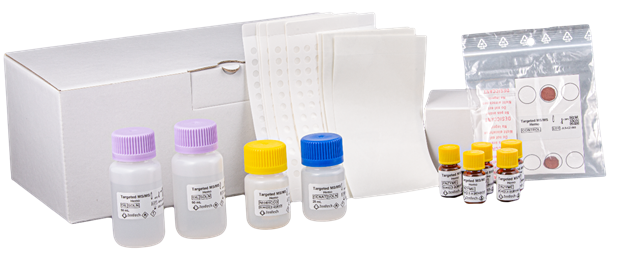History
Sickle Cell Disease is associated with significant morbidity and mortality in young children. In 1986, prophylactic penicillin therapy was shown to reduce the risk of pneumococcal sepsis in Sickle Cell patients. As a result, many screening policies for hemoglobinopathies in newborns are changing. Experiences have shown that early diagnosis combined with appropriate parenting care and education policy significantly reduced mortality in young children with this disease.
Prevalence of Hemoglobinopathies in Newborns According to Geographic Area
Hemoglobinopathies are the most common monogenic pathology worldwide. The number of subjects who are heterozygous carriers is estimated at approximately 7% of the global population. Therefore, each year between 300,000 and 400,000 children are born worldwide with severe hemoglobinopathy.
Hemoglobin S, the most common and severe hemoglobinopathy, is found mainly in sub-Saharan Africa, as well as in the Arab-Indian region. Hemoglobin E is very common in Southeast Asia, while hemoglobin C is seen in West Africa. Hemoglobin O and D are mostly found in Arabia and India, respectively. The thalassemias are widespread around the Mediterranean basin, the entire Middle East, South and East Asia, Africa and the Antilles.
Today, migration flows have completely redistributed the pattern of these diseases across the globe.
Clinic
The onset of major neonatal sickle cell disease was as early as three months of age. The progression of the disease is pronounced by acute complications of three types: vaso-occlusive crises causing intense and sudden pain in certain parts of the body (commonly hands, feet, hips, abdomen), hemolysis and infections. Acute pain crises are common in young children and then space out during adolescence. Therefore, functional asplenia leads to increased susceptibility to certain organisms and infections (meningitis, sepsis, pneumonitis, osteomyelitis) have a high incidence in the first few years of life and then decrease with age without completely disappearing. They are responsible for an important part of the morbidity and mortality of sickle cell disease. Serious vaso-occlusive events are acute complications that include neurological, pulmonary, thrombotic manifestations (central retinal artery thrombosis, priapism, etc.) and microscopic hematuria. Chronic manifestations are common during adolescence and adult life. They combine height-weight failure, nutritional deficiencies, pubertal delay, cardiopulmonary disorders, splenomegaly, and even retinal abnormalities.
On the other hand, β-thalassemia major is characterized by chronic hemolytic anemia. Hepatosplenomegaly and skeletal deformities are manifestations of medullary hyperplasia. These patients are also prone to infections and spontaneous fractures.
Treatments for Sickle Cell Disease and Hemoglobinopathies
The treatment of hemoglobinopathies is mainly focused on the management of major sickle cell disease, and incidentally major b-thalassemia.
Prophylactic administration of penicillin significantly reduces the risk of pneumococcal sepsis in subjects with sickle cell disease. At the same time, the occurrence of infectious episodes is controlled by vaccinating children from an early age. Treatment of acute symptoms is usually symptomatic. Pain crises are treated with analgesics. The administration of hydroxyurea potentiates fetal hemoglobin production (Hb F) and thus reduces patients’ painful attacks and hospitalization rate. Transfusion therapy also increases circulating Hb F concentration. Several complications are nevertheless associated with these long-term transfusion protocols. Iron overload, alloimmunization or viral infections are indeed legion in these patients. Finally, bone marrow transplantation is the only curative treatment available but experience is limited.
Chronic transfusion therapy is also the treatment of choice for β-thalassemia major. The clinical benefits of these palliative transfusions are remarkable. Other therapeutic measures such as splenectomy or iron chelation therapies are a common addition to management.
Heredity
All hemoglobinopathies are inherited in an autosomal recessive manner.
